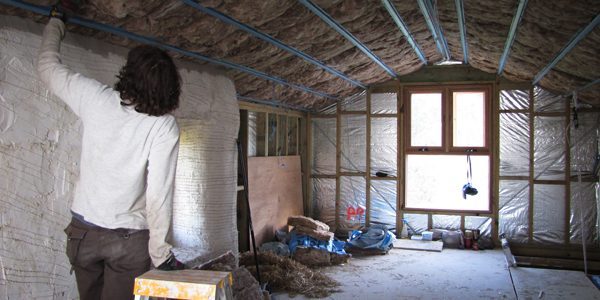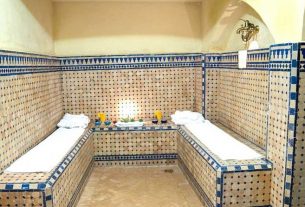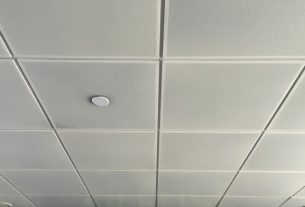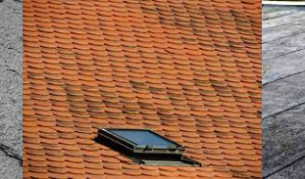Contents
– Sheep wool: thermal and phonic performances
– Conditions of installation of sheep’s wool
– Longevity of sheep wool
– Grey energy
– Duck feather: thermal and phonic performances
– Conditions of installation of duck feathers
– Longevity of duck feathers
– Grey energy
Among the natural insulators other than vegetable insulators (we will come back to this in our following publications), there are the animal wool insulators:
– sheep’s wool
– duck feather
Let’s take a closer look below.
Sheep wool: thermal and phonic performances
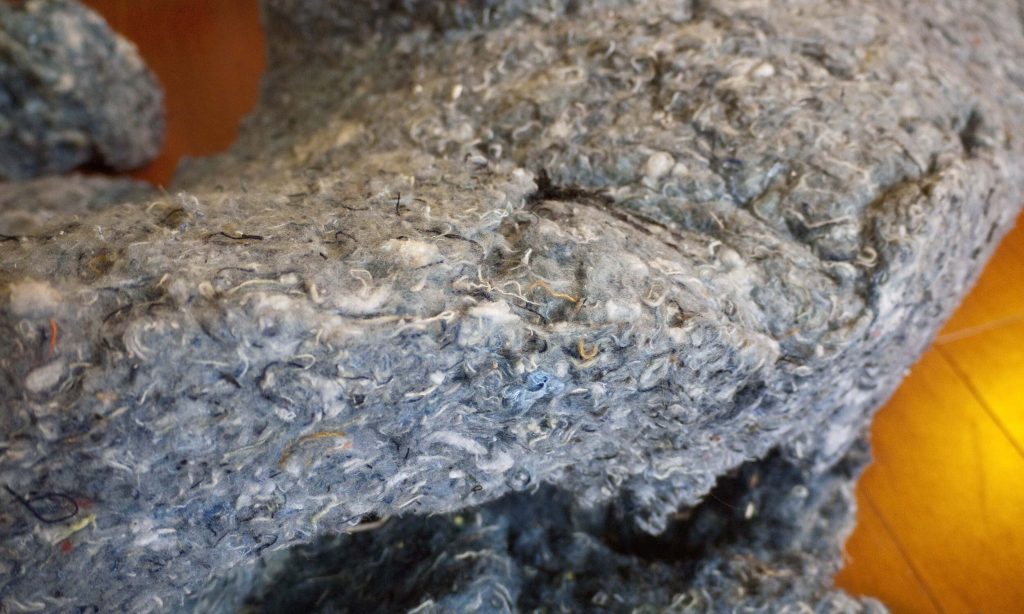
Sheep wool is an excellent thermal insulator, with a thermal conductivity coefficient between 0.035 and 0.042 W/m.K. It is also effective in sound insulation, especially on airborne noise.
Sheep wool is a natural, healthy and ecological insulator. After shearing, the wool undergoes various stages: soaking, degreasing, rinsing, treatments. Boron salt is applied to protect it against fire, mould and insects. It also undergoes a special treatment against moths, which feed on the keratin of the wool.
It is a light material with interesting qualities.
Because of its low inertia, sheep’s wool is less conducive to indoor comfort in summer.
Conditions of installation of sheep wool
Sheep’s wool exists in panels, rolls, felt or in bulk.
Its high water absorption capacity makes it unsuitable for damp spaces and walls, as well as for floors. It is generally reserved for roofing and lost attics.
In rolls, it is stapled, while a blowing machine is used to lay it in bulk.
Longevity of sheep’s wool
– Sheep’s wool is not very flammable and tends to self-extinguish. However, it is reinforced with a boron salt treatment.
– Possibility of vertical settling.
– Not suitable for humid spaces.
– Without treatment, wool is very fragile to moths.
Grey energy
The grey energy review is low, with 55 kWh/m3. Environmentally friendly and safe to use, sheep’s wool is biodegradable, recyclable and reusable.
Now let’s take a look at duck feather insulation.
Duck feather: thermal and phonic performance
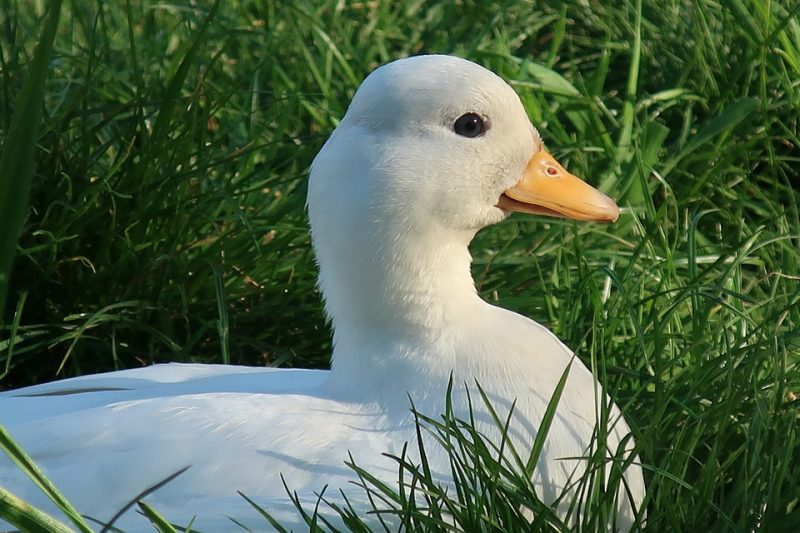
Duck feather insulation is 70% feathers, 10% sheep’s wool and 20% synthetic fibres that provide consistency and density. It offers good efficiency while being natural.
The duck feather is not made to remain visible. Sensitive to fire, it must be covered with a facing and preferably installed in places far from sources of intense heat.
The insulating capacities of duck feathers are known and used for a long time in the clothing and bedding sectors. Its thermal performance is good, with a thermal conductivity coefficient between 0.33 and 0.42 W/m.K.
It is also a good sound insulator against airborne noise.
Conditions of installation of duck feathers
Duck feather insulation is available in rolls or panels. Compressed in its packaging, it regains its normal volume (more than 5 to 10%) in 15 days.
It is best used for uninhabited attics, insulation of attached ceilings, walls, wood-frame houses, or under floating floors.
The installation must be correctly carried out vertically; otherwise, the material will sag.
Longevity of duck feather
– Duck feather is permeable to water vapour but retains all its insulating qualities after drying.
– Prior treatment allows it to resist fungi and insects.
– Settling can be observed in vertical installation in case of defective installation.
Grey energy
Duck feather insulation has a low grey energy consumption of 55 kWh/m³. In addition, the feather is not allergenic and is easily recyclable.
Now, you have an idea of what animal wool insulation is all about. Stay abreast of our upcoming publications on vegetable insulators!
